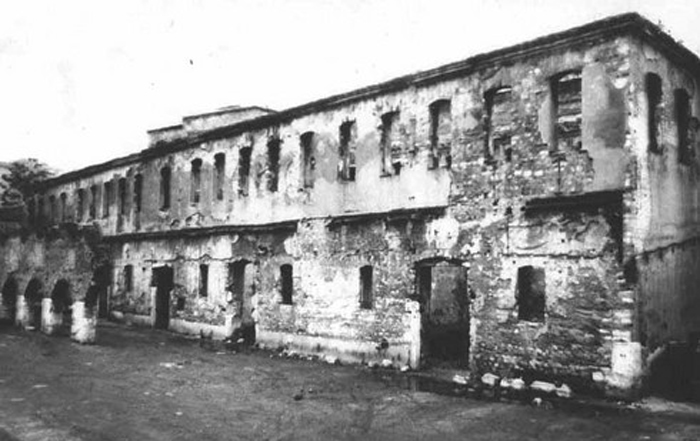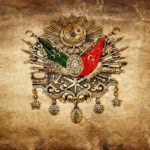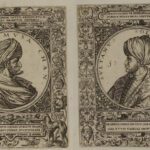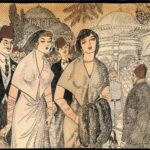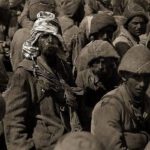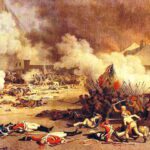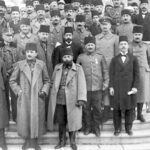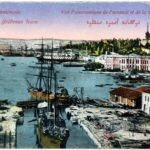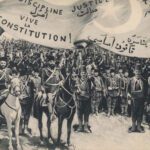Trade had a very important place in the economic structure of the Ottoman Empire. In order to revive and develop trade, the state made various arrangements and expanded its trade areas. Especially in cities built on trade routes, trade venues were built that facilitated trade activities and provided a safe environment for merchants.
These spaces also served as centers to meet the social needs of the society. Among the trade places in the Ottoman Empire are covered bazaars, arastas, kapans and caravanserais. These trade structures stand out as integral parts of the social, cultural and economic fabric of the Ottoman Empire.
What is Bedesten in the Ottoman Empire?
Bedestens are known as the places where the heart of commercial life beats in Ottoman cities. There was a covered bazaar in almost every major city of the Ottoman Empire, and these covered bazaars were usually located in city centers. The most important feature of bedestens is that appropriate security measures have been taken for the protection and sale of valuable items and jewelry.
Credit transactions were also carried out in the covered bazaars, and an economic network was established between merchants and investors. The covered bazaars in the Ottoman Empire are among the important structures encouraged by the state for the development of trade and the protection of regional trade. Moreover, the security provided by the covered bazaars increased the reliability of the Ottoman economy and developed trade in the region.
What is Arasta in the Ottoman Empire?
Arastas are known as bazaars in Ottoman cities where shops selling a certain group of products are lined up. These bazaars, often featuring specific groups of artisans (e.g., shoemakers, tailors, or coppersmiths), stood out as spaces for both trade and socialization. In the Ottoman Empire, arastas were designed to meet the daily needs of the people and were located in an easily accessible location in city centers.
Each arasat was managed by the relevant tradesmen group and its operation was subject to rules. Thus, solidarity was ensured among the tradesmen and quality service was provided. Arastas also had a social function in Ottoman society; people would not only shop, but also have the opportunity to stay up to date with current events, meet acquaintances and strengthen social ties.
What is Kapan in the Ottoman Empire?
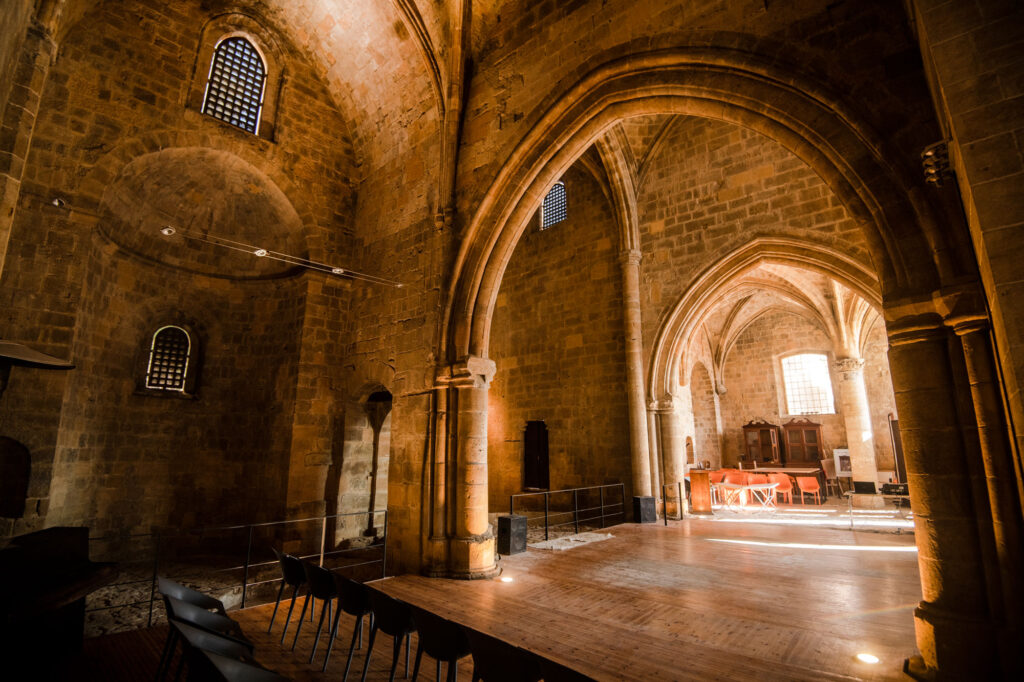
In the Ottoman Empire, traps were known as centers where food products were collected, stored, and distributed, especially in big cities. The word “Kapan” is of Arabic origin and means “gathering place”.
Food products were sold by weighing in the trap and there were separate trap areas for each product group. Ottoman traps enabled the state to control the food supply and meet the food needs of the people. The prices of the products in the trap were determined by the state and the merchants could not go beyond the determined prices. Thus, the price stability of food products was ensured and the access of the people to their basic needs was facilitated.
What is Caravanserai in the Ottoman Empire?
Caravanserais in the Ottoman Empire were large structures built to ensure the safe accommodation of merchants and travelers traveling on trade routes. With the expansion of the Ottoman geography, it became important to provide safe travel and accommodation for merchants.
Caravanserais were usually established in remote places to meet the rest and shelter needs of merchants traveling between cities. Accommodation in caravanserais was usually free and various services were offered to the merchants staying there. Thus, the sustainability of the Ottoman economy was ensured, and the continuity of international trade was encouraged by providing security and services on trade routes.
What is imaret in the Ottoman Empire?
In the Ottoman Empire, imarets were charitable institutions established to distribute food to poor people. They were usually located in a complex together with structures such as mosques, madrasahs and hospitals. In the Ottoman Empire, commercial places also had social responsibilities; The revenues obtained from these places were transferred to the imarets and the needy individuals of the society were fed.
Imarets are one of the best examples of solidarity and cooperation in Ottoman society. Representing the Ottoman understanding of social justice and a management approach that takes care of the welfare of the people, the imarets provided access to the basic needs of the lower classes of the society.
Resources:
1. [Encyclopedia of Islam – Bedesten](https://islamansiklopedisi.org.tr/bedesten)
2. [Commercial Life and Places in the Ottoman Empire](https://www.osmanlidonemi.org/osmanli-ticaret-mekanlari)
3. [Commercial Buildings in Ottoman Architecture](https://www.turkmimarlik.com/osmanli-mimarisi)
